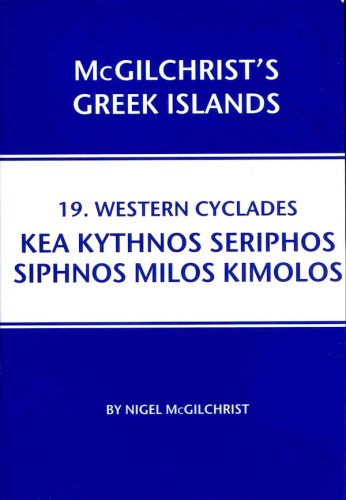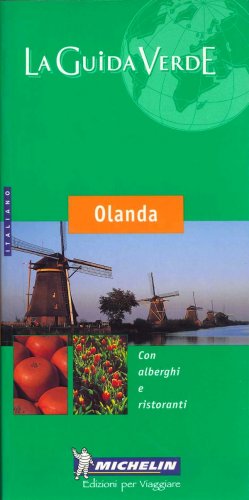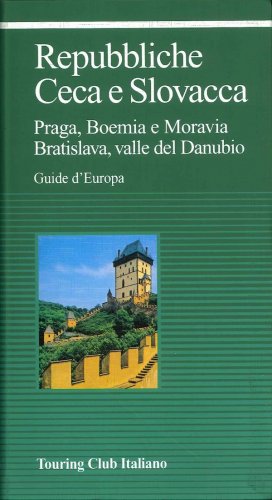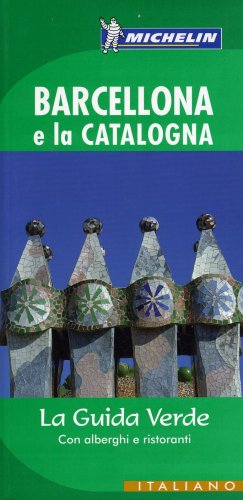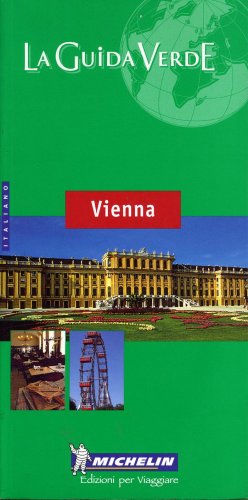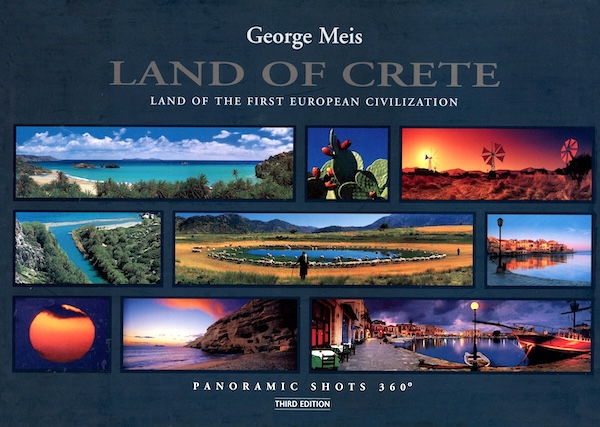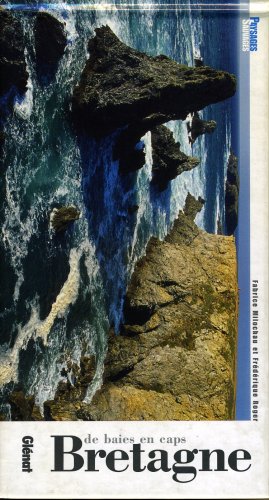Western Cyclades
Kea Kytho
Western Cyclades
Kea Kytho
- Non disponibile, richiedi informazioni sulla disponibilità
- Possibilità di reso entro 10 giorni lavorativi
- Transazione sicura con carta di credito, Paypal o bonifico bancario
- Spedizione tracciata con SDA
Kea is unexpectedly rich in history and variety of landscape. The island is particularly good for walking; its valleys favour many species of wild flowers and its upland slopes support magnificent Valonia oaks. In historic antiquity there were four important cities on Kea and the remains of Karthaia constitute one of the most evocative sites in the Aegean. Most remarkable is the Lion of Ioulis, one of the earliest and largest pieces of monumental sculpture in the Greek world. Kythnos has a peaceful rhythm of life which has changed little over time. There are two attractive villages Chora and Dryopida and plentiful hot water springs at Loutra in the northeast. The island's repeatedly indented coastline affords a wide variety of small coves and beaches. Seriphos has beautiful bays for swimming and offers many opportunities for walking, with a number of ancient rural churches along the way. What stays in the memory longest however is the image of the island's dramatic chora, clustered around its peak far above the island's harbour. Siphnos is a delight to the eye above all and furnishes more abiding images than many of its neighbours: the stately villages of elegant 17th century churches and well-maintained neoclassical mansions; the rural valleys, full of dovecotes and chapels, watched over by both ancient towers and more recent monasteries from every summit; the chapels built improbably on rocks projecting into the sea; the ancient columns and sarcophagi that adorn the alleyways of Kastro. Aghios Andreas in the centre of the island constitutes one of the most interesting archaeological sites in the Western Cyclades. Kimolos is a delightful island: peaceful, unpretentious and full of striking landscapes. The northeast of the island is scarred by the quarrying of fuller's earth. The Kastro of Chorio dates from the 15th century. The volcanic terrain of Milos gives rise to fascinating mineralogy: from the pure obsidian, which has been exported from Milos for at least 8000 years, to kaolin, haematite, alunite, manganese, bentonite, perlite, baryte and anderite. Milos is a busy working island with its population nearly all concentrated in the north; the south and west are wild and largely empty.

